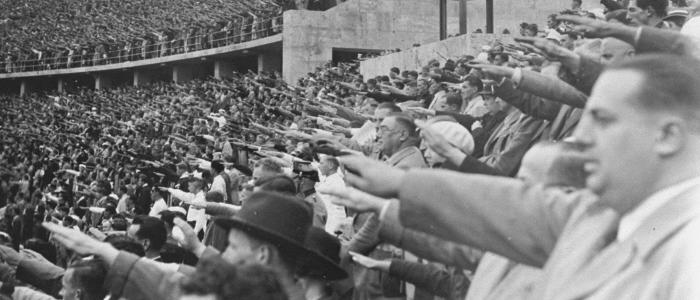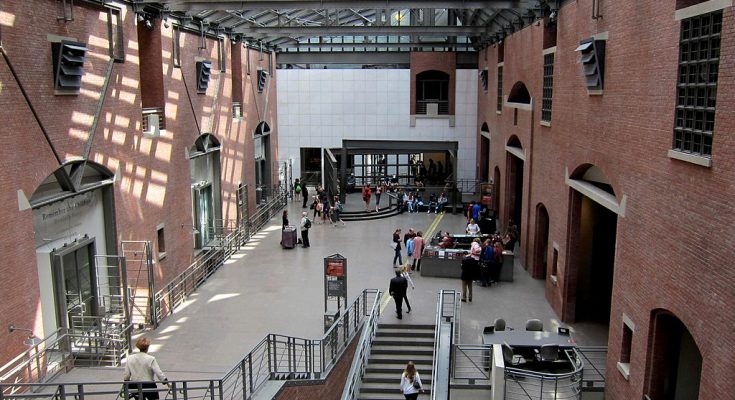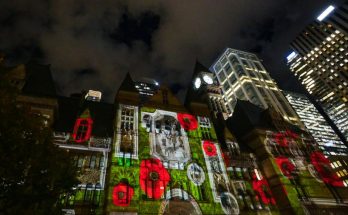#US; #HolocaustMemorialMuseum; #Exhibitions;
New York/CMEDIA: The exhibitions of the US Holocaust Memorial Museum are divided into Current Exhibitions, which also include the Permanent Exhibition: The Holocaust; Traveling Exhibitions, and Online Exhibition.
Current exhibitions
Permanent Exhibition: The Holocaust, also a current exhibition offers a chronological narrative of the Holocaust through historical artifacts, photographs, and film footage spans three floors containing personal objects and the eyewitness testimonies of individual survivors.

Americans and the Holocaust: This exhibition examines the motives, pressures, depression, isolationism, xenophobia, racism, and antisemitism shaped responses to Nazism and the Holocaust. It also eveals how much information was available to Americans at the time and also qestion why rescuing Jews was not priority, except for a few individuals who took the risk to help.
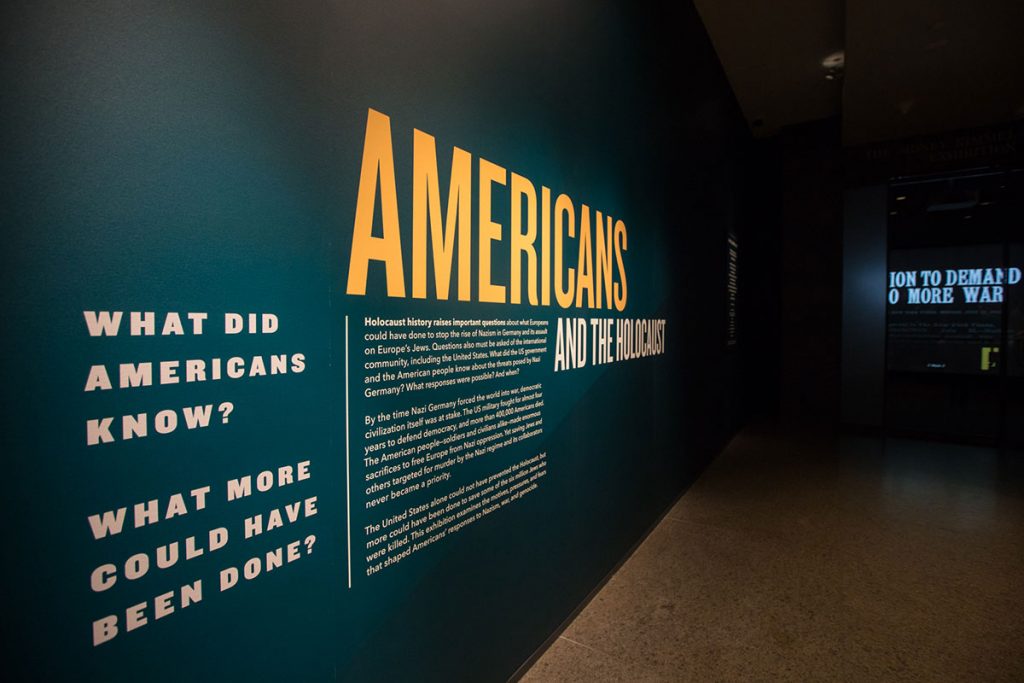
Burma’s Path to Genocide: With audio, video, photography, and first-person testimony, this exhibition explores the history of the Rohingya and how they went from citizens to outsiders and became a target for genocide,
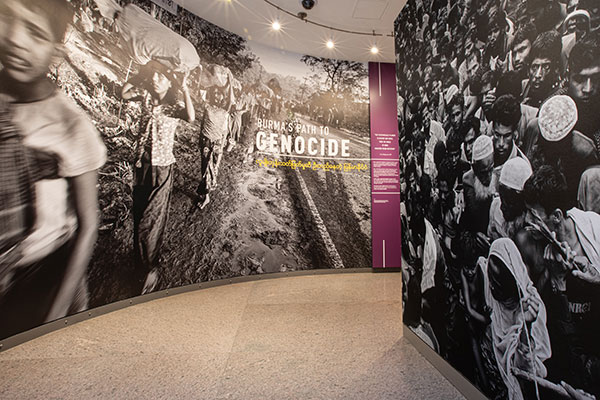
American Witnesses: The special exhibition American Witnesses highlights the experiences of American men and women who saw first-hand evidence of Nazi atrocities. Using their oral and written testimony, photographs, and film, it explores their reactions and efforts to expose and document Nazi crimes, and to nurse starving and ill prisoners back to life.
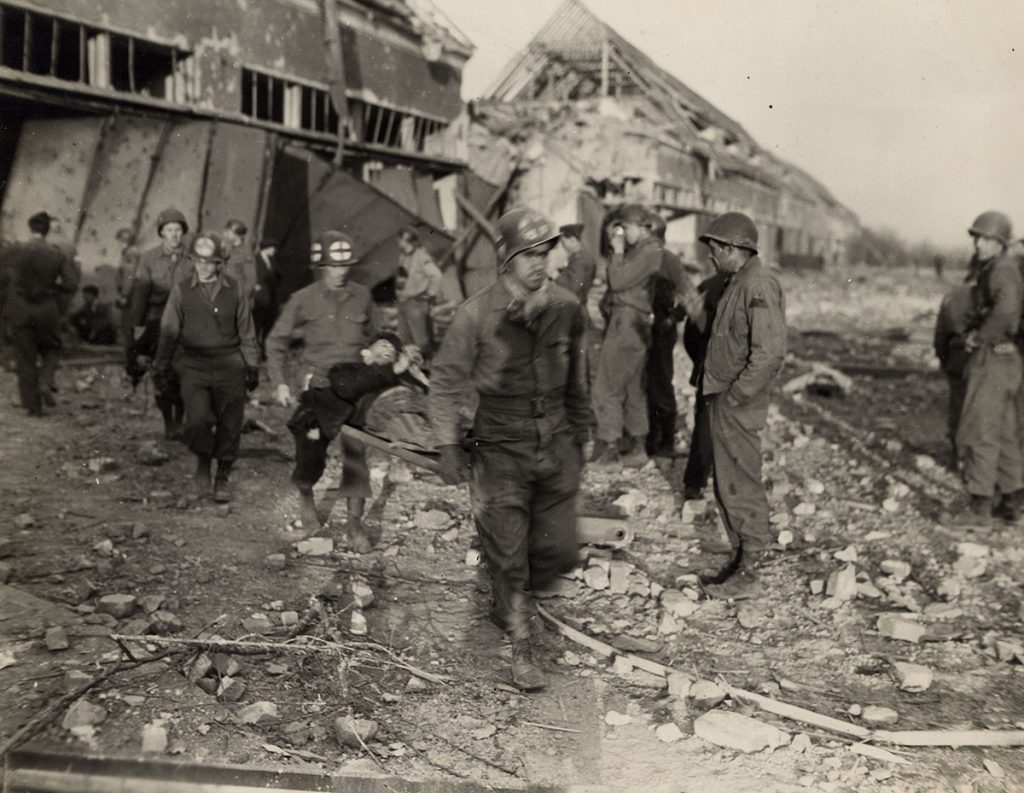
One Thousand and Seventy-eight Blue Skies displays individual images of the sky photographed above every known Nazi concentration camp and killing center across Europe. Blue Skies invites us to reflect on the expansiveness of the camp system and the experiences that unfolded during the Holocaust under 1,078 patches of sky.
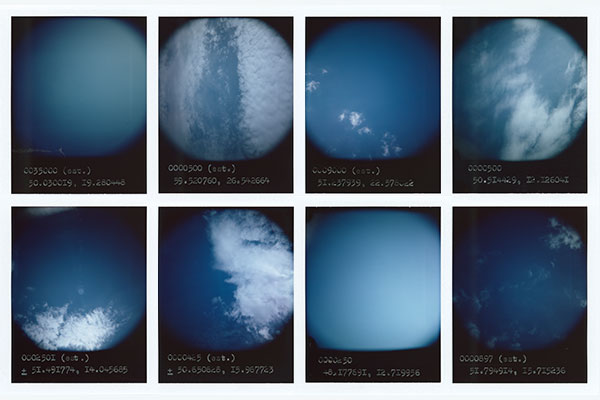
Remember the Children: Daniel’s Story is the Museum’s primary exhibition program for young people and their families. The exhibition tells the story of one family’s experiences during the Holocaust from the perspective of a boy growing up in Nazi Germany.
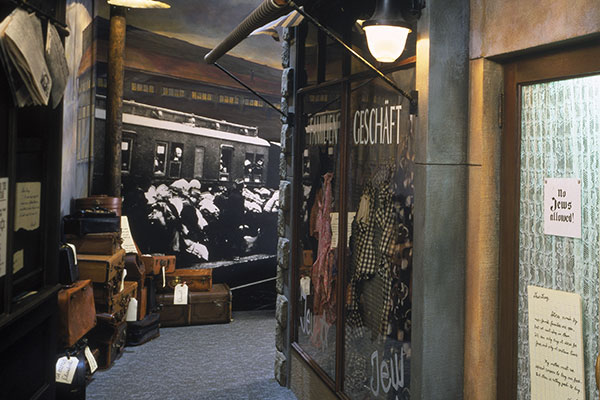
Traveling Exhibitions:
The Museum’s traveling exhibitions have appeared in 195 US cities and 49 US states and in Canada, Croatia, Germany, Hungary, Israel, and Serbia. Presented at a wide variety of venues, these exhibitions bring the history and lessons of the Holocaust beyond the Museum’s walls, reaching audiences from the smallest towns to the largest cities.
Americans and the Holocaust: Through the American Library Association’s Public Programs Office, the Americans and the Holocaust traveling exhibition will tour 50 public and university libraries through November 2023.
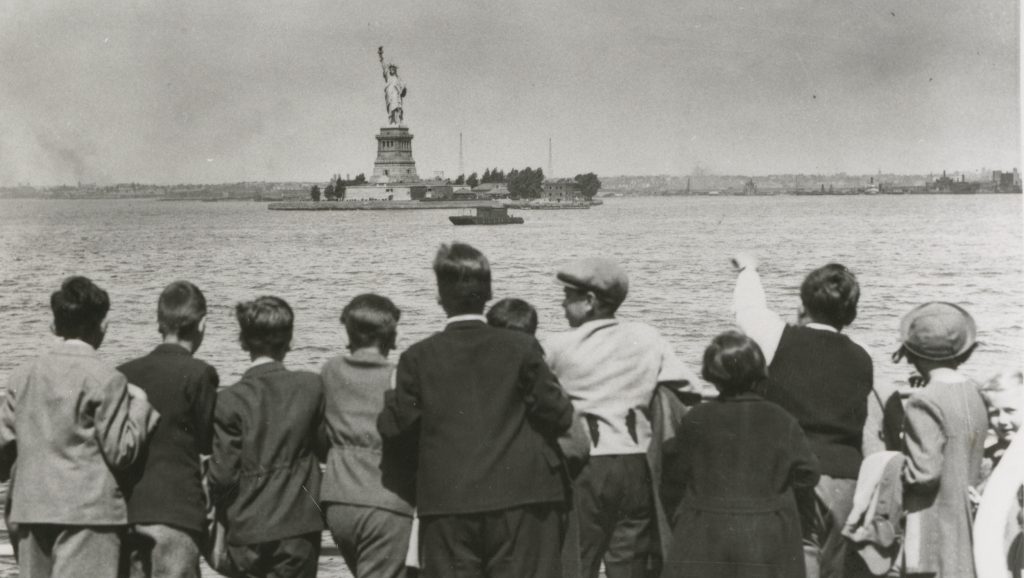
Deadly Medicine: Creating the Master Race: From 1933 to 1945, Nazi Germany carried out a campaign to “cleanse” German society of people viewed as biological threats to the nation’s “health.” Enlisting the help of physicians and medically trained geneticists, psychiatrists, and anthropologists, the Nazis developed racial health policies that started with the mass sterilization of “hereditarily diseased” persons and ended with the near annihilation of European Jewry.
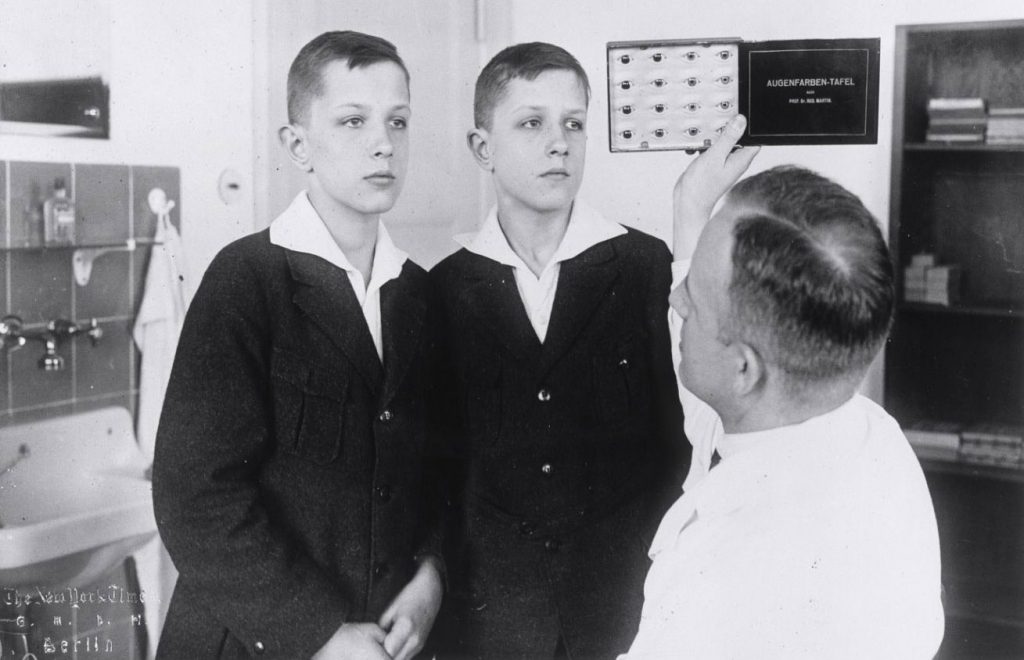
Some Were Neighbors Traveling Exhibition: Choice, Human Behavior, and the Holocaust
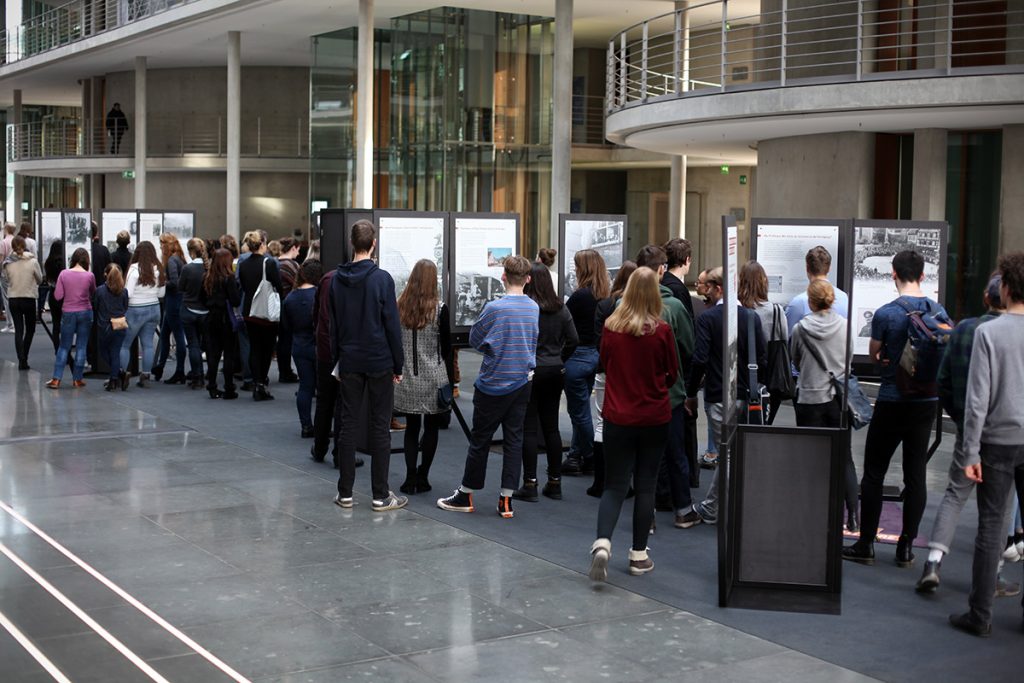
In this exhibition, the role of ordinary people is examined in the Holocaust and the variety of motives and pressures that influenced individual choices to act.
Online Exhibitions
Burma’s path to Genocide: This exhibition explores the ethnic and religious minorities of Burma and how they became targets of sustained campaigns and genocide.
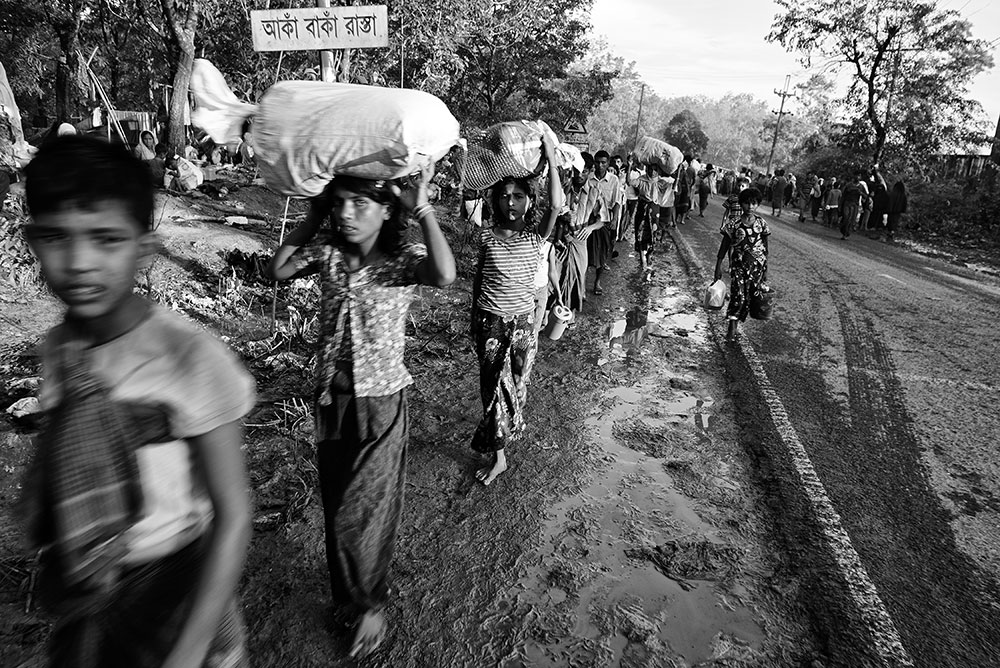
State of Deception: The Power of Nazi Propaganda: Modern and new technologies and carefully crafted messages were used by the Nazi party to sway away millions with its vision for a new Germany.
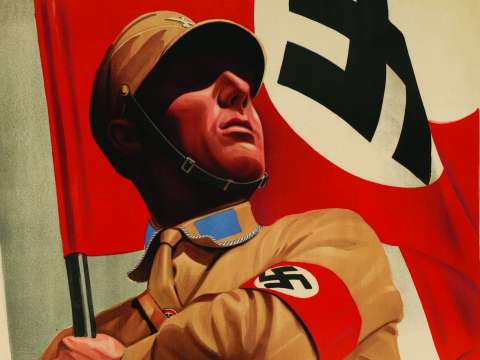
Anne Frank the writer: An unfinished Story: The Diary of Anne Frank, handwritten during her two years in hiding is the first, and sometimes the only, exposure many people have to the history of the Holocaust. Having become a symbol for the lost promise of the more than one million Jewish children who died in the Holocaust, Anne’s diary remains one of the most widely read works of nonfiction in the world.
Anne’s Diary has several versions, one of which was edited by Anne herself in hopes of it being published as a book after the war. The Diary was published posthumously in 1947 and eventually translated into almost 70 languages. It became popular after it was adapted for the stage in 1955.
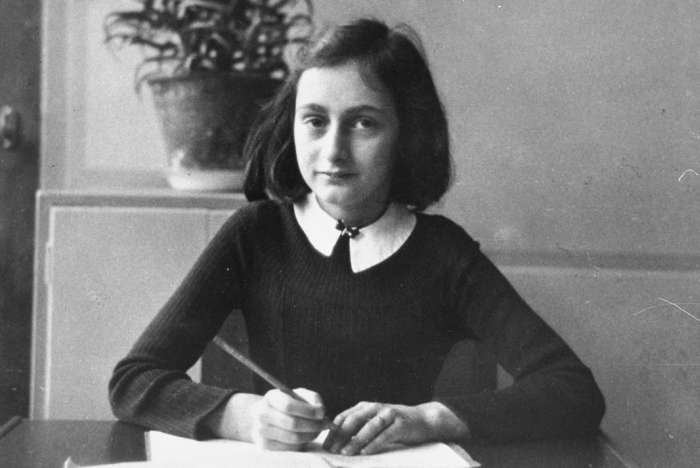
Nazi Persecution of Homosexuals 1933-1945: With a belief that homosexuals weaken the society hindering population growth, the Nazi regime arrested and incarcerated tens of thousands of German men into prisons and concentration camps which left many dead while the lives of many others were shattered.
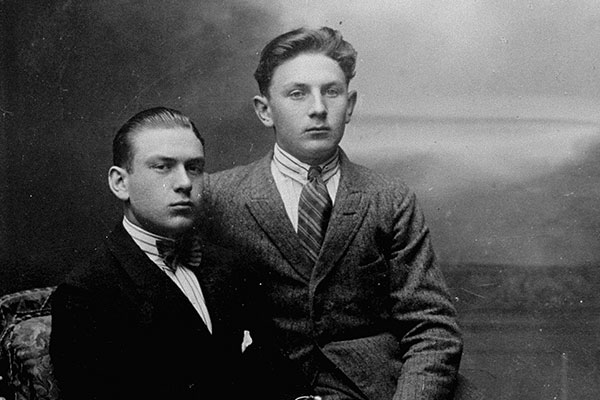
Voyage of St. Louis: In 1939 St. Louis, a transatlantic linear carrying 937 Jews fleeing Nazi Germany were turned away by the Cuban government and later refused a safe place in the United States. The ship then turned to Europe. This exhibition explores the ten-year project to uncover the fate of the passengers.
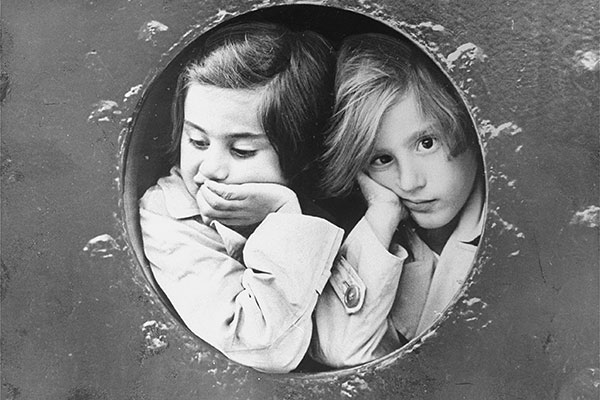
Nazi Olympics: Berlin 1936: Adolf Hitler’s Nazi dictatorship scored a huge propaganda success in August 1936, as host of the Summer Olympics in Berlin. The Games were a brief, two-week interlude in Germany’s escalating campaign against its Jewish population and the country’s march toward war.
